BY PAULY SUBA
Journal Staff
Scholars, community leaders, veterans, and former refugees gathered at the Guam Museum Theater in Hagåtña on July 26, for a public forum marking the 50th anniversary of Operation New Life, a massive U.S. military-led evacuation effort that brought more than 110,000 Vietnamese refugees through Guam in 1975 following the fall of Saigon.
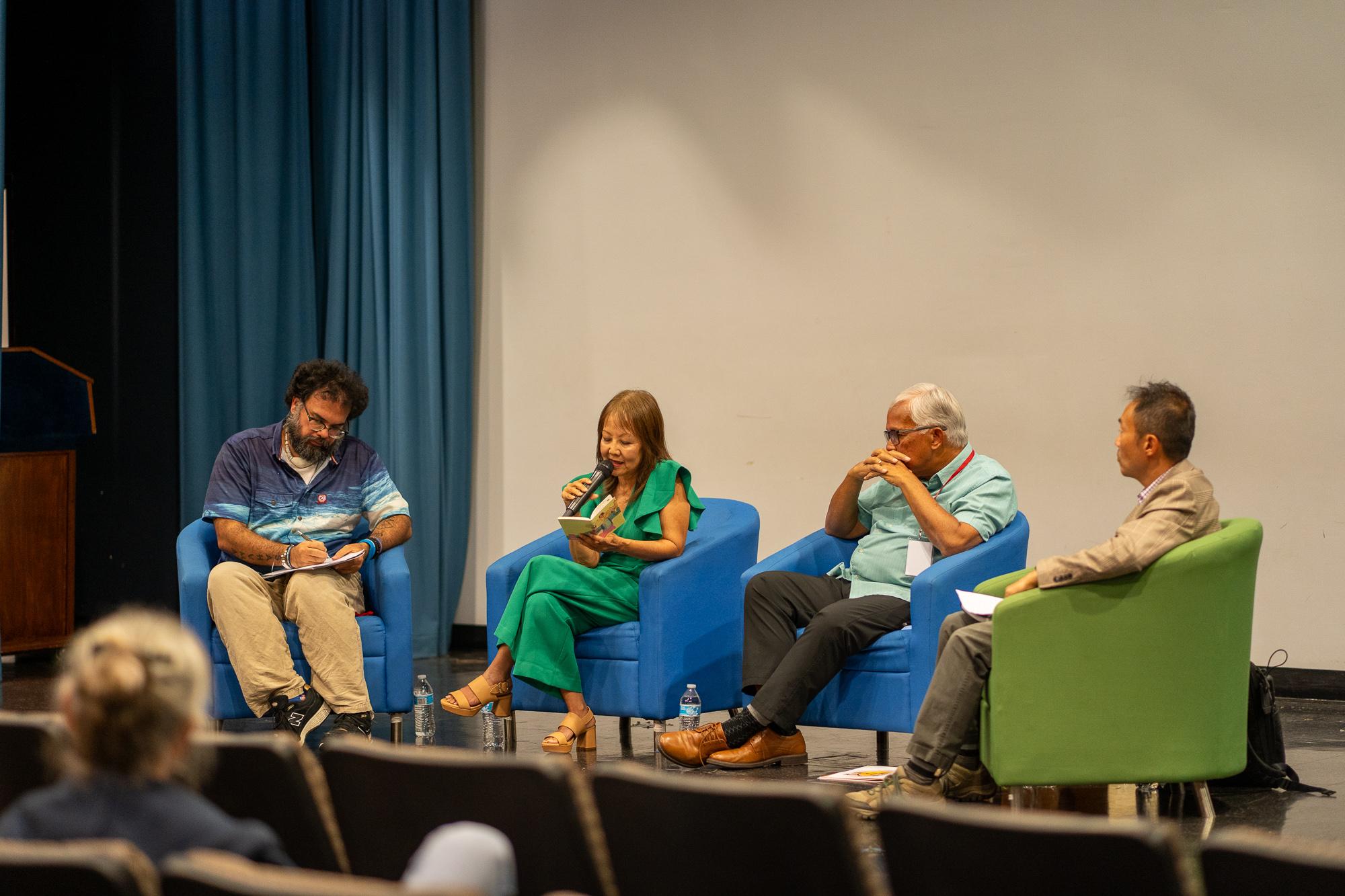
The panel discussion, part of the museum’s HITA Talks series, was organized by the Guam Philharmonic Foundation and brought together local and international voices to reflect on Guam’s role in the operation, and the political, cultural, and humanitarian questions it raised.
Nam C. Kim, a Vietnamese refugee and now professor of anthropology at the University of Wisconsin–Madison, moderated the panel. “As a former refugee who benefited immensely from the warmth and generosity shared by the island’s inhabitants during Operation New Life, I am humbled that I have this opportunity to moderate this panel,” Kim said. “We highlight local CHamoru perspectives, participation, and experiences that have been underappreciated.”
Michael Bevacqua, curator of the Guam Museum, reflected on the ways Operation New Life revealed both the generosity and political invisibility of Guam’s people.
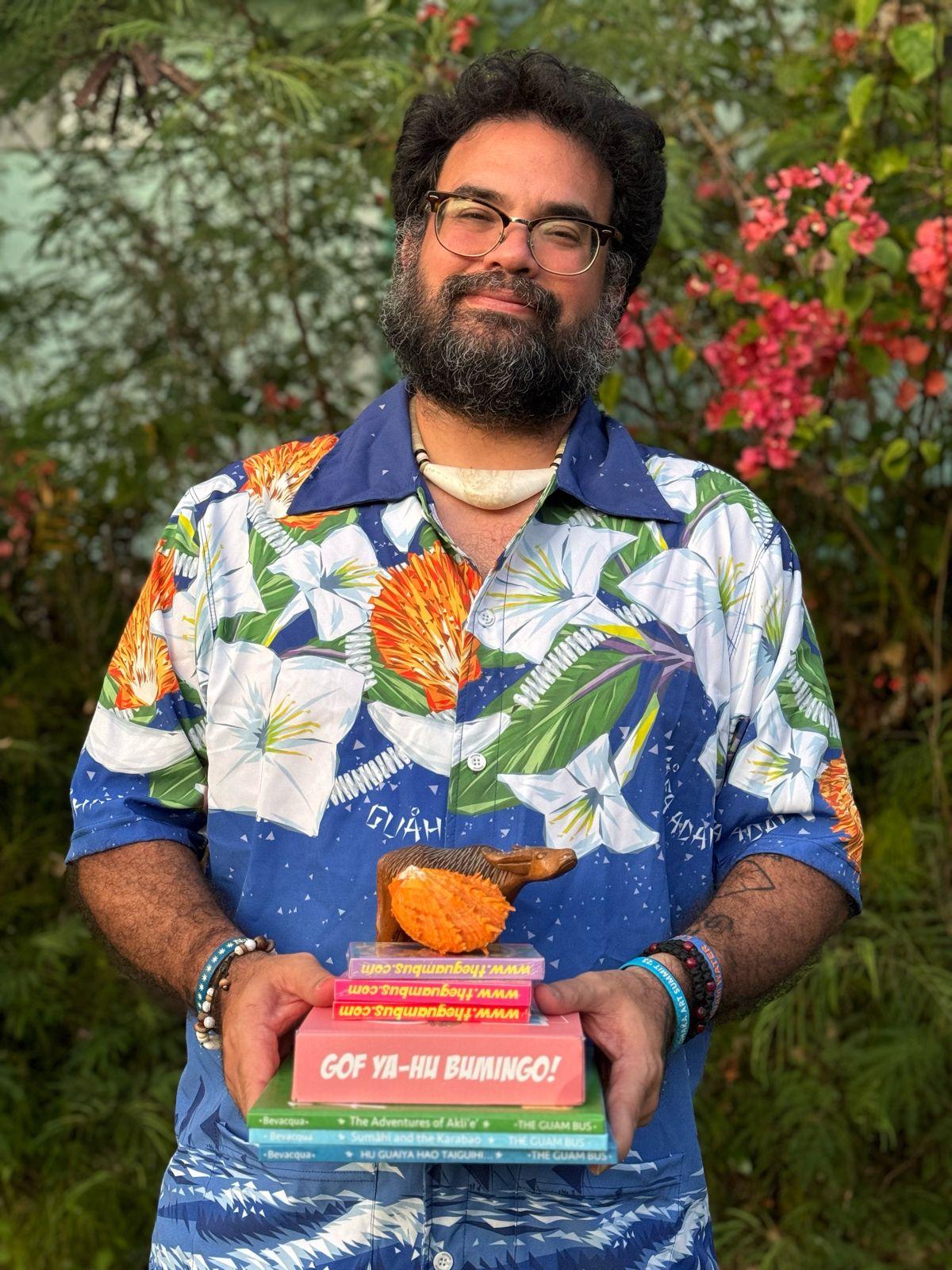
“There’s tens of thousands of CHamoru’s who are donating time, who are going out, who are helping, who are embodying so many values and so much of what is precious and key in the culture and spirit of the CHamoru people, but so little of it is articulated as having anything to do with being CHamoru,” Bevacqua said. “Instead, what we see is like a total erasure because of the geopolitics of the situation.”
He recalled conversations with his own grandmother, who volunteered during Operation New Life. “I asked her, and I was like, Grandma, why did you help? Was it because you’re CHamoru? Was it because you’re patriotic? Was it because you’re a Seventh-day Adventist?” he said. “And for her, of course, it was primarily because she’s a good person. But being CHamoru never factored into it.”
Bevacqua pointed to the on the ongoing question of Guam’s political agency and the deeper implications of sovereignty.
He connected these moments to Guam’s role during Operation New Life, where the island was selected by federal authorities to serve as a processing hub for more than 100,000 refugees without input from local leadership. “Even the most compassionate and generous acts can still exist under a system where you’re not asked,” he said.
Bevacqua emphasized that these experiences should prompt deeper conversations about Guam’s political status and its limited role in federal decision-making. “If you don’t have the ability to say no, your patriotism or critique doesn’t matter,” he said. “And that’s why sovereignty and decolonization are inseparable from this discussion.”
Yến Lê Espiritu, professor of Ethnic Studies at University of California, San Diego and a former refugee, emphasized the structural power that enabled the U.S. military to conduct the operation at scale.
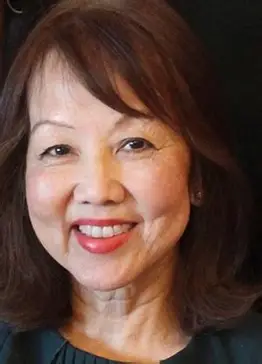
“We went from Vietnam to Guam, and then to California,” she said. “It seemed natural. But that story hides the role of empire.”
Espiritu said, “The U.S. military was able to accommodate 130,000 refugees not just because of goodwill, but because it is so vast, it has the personnel, the infrastructure, the resources.”
Espiritu drew comparisons in other global conflicts. She said, “The war in Afghanistan lasted several decades, the same as in Vietnam. And Afghan people are not getting refugee status… The situation is in fact worse than how it was in 1975 because the displacement continues, but the refugees are not given refugee status.”
Espiritu underscored that while she remains deeply grateful to military personnel who helped her family, it is also essential to question the systems that make such humanitarian missions necessary in the first place.
“If we want to support refugees, the best way to support refugees is not to produce them,” she said. “We need to ask, What is the relationship between refugees and militarism? And how can we address the former so that the latter doesn’t need to happen?”
Robert Underwood acknowledged the extraordinary success of the U.S. military in moving over 100,000 refugees swiftly and efficiently through Guam, calling it a feat that “maybe only the U.S. military could have done.” However, he also pointed to the tensions that surfaced on the island during that time, including public fears, misinformation, and ecological consequences stemming from emergency decisions.
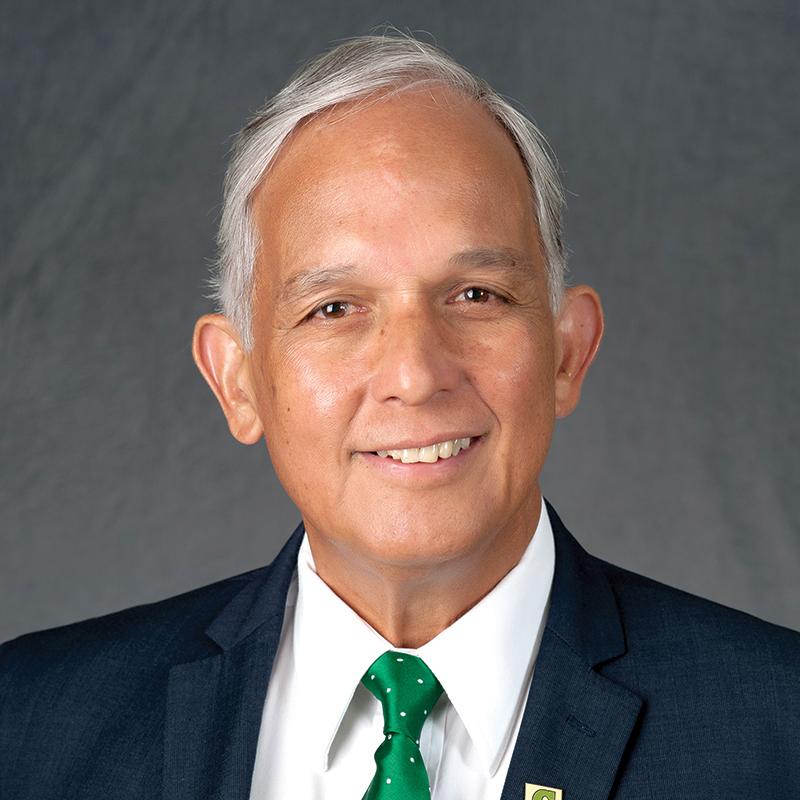
He noted that Governor Ricardo Bordallo’s proposal to keep 25,000 refugees on island sparked panic, and his call to spray the island with malathion, citing fears of dengue fever and led to environmental concerns that lingered long after. “Even Bordallo admitted it probably caused ecological damage,” Underwood said, “but he felt it was necessary.”
Operation New Life, he said, unfolded in a deeply layered political environment. “Over 10 percent of Guam’s population served in Vietnam,” he explained, raising questions about the lasting psychological and social effects, including rising drug use and renewed expressions of patriotism. “I was in college protesting the war,” he added, “but many others served, and honorably.”
He also challenged the repeated framing of Guam as the “Ellis Island of the Pacific,” a phrase used in military reports. “Where was the Statue of Liberty?” he asked. “Is it that one over there at the end of Paseo?” he joked, drawing laughter from the audience.
Underwood said Operation New Life was a “human experience” carried out under circumstances that illustrated Guam’s lack of agency.
“Guam had no capacity to say, yes, this is a good idea, or no, this is a bad idea. Nobody asked them. They just moved it. And they moved it quickly and rapidly,” Underwood said. “The nature of considering Guam as this thruway, constantly, without even the courtesy of asking, is really something that speaks to your political standing within the American family.”
He also connected the conversation to more recent military activity. “Just today, the EIS, the Environmental Impact Statement, was finalized for Guam,” he said. “And now we’re talking about the missile defense system that’s being constructed… a reminder of who you are in this whole big cog… this machine that just seems to be, at one level, mindless.”
Still, he emphasized that beyond geopolitics and controversy, what endured was a deeply human experience. “Operation New Life demonstrated the capacity of human beings to reach out to each other,” he said. “And that human experience is reflected in the faces of those here today.”
Daniel D. Swavely, who was Chief of Operations for Guam’s Department of Public Works during Operation New Life, also spoke during the event.
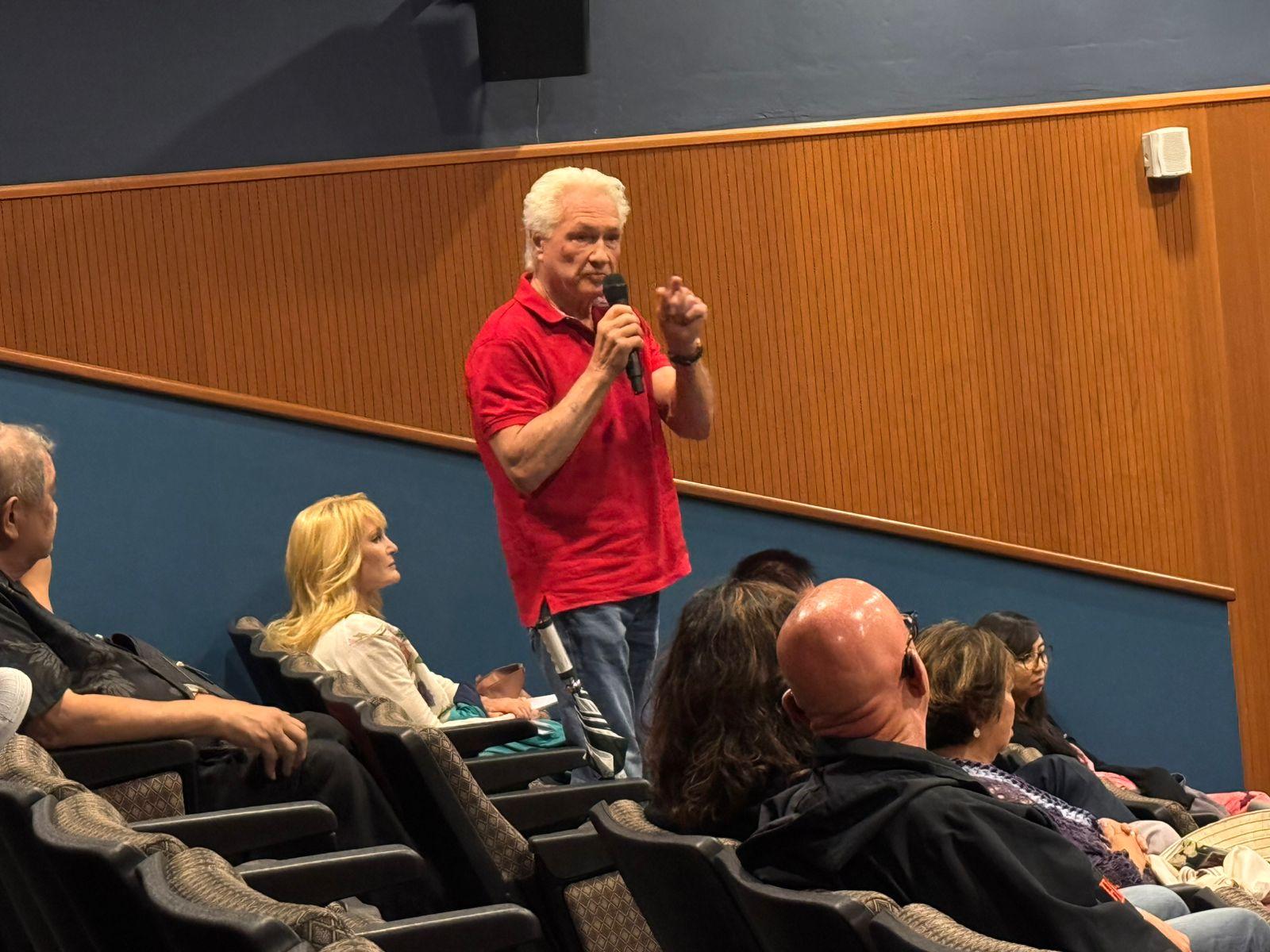
“I woke up one morning and I was called in,” Swavely said. “And I found out that we were going to be running school buses 24-7 for who knows how long. And the second part of my mission was to collect garbage and dispose of it, who knows how much and where.”
Swavely acknowledged the improvisation required under pressure. “The record would probably reflect that I had some school buses repaired by people who weren’t qualified and driven by people who weren’t qualified,” he said. “But nonetheless, we moved thousands of refugees safely from airports and other points of entry to camps and processing points.”
He said, “I was never really mired by the question of why wasn’t I asked or is this proper or should I or shouldn’t I. I viewed it as my brothers and sisters from Guam were fighting in uniform. At that very moment, they had their lives on the line. I would do whatever I could possible, to help in my little small way (regarding the) Vietnam War.”
The panel was part of the Guam Museum’s HITA Talks series, Heritage, Ideas, Traditions, and Arts, and was supported by the Guam Philharmonic Foundation Inc., Henry Luce Foundation, University of Wisconsin–Madison, Center for Southeast Asian Studies, Micronesia Mall and the Guam Philharmonic Foundation Inc.
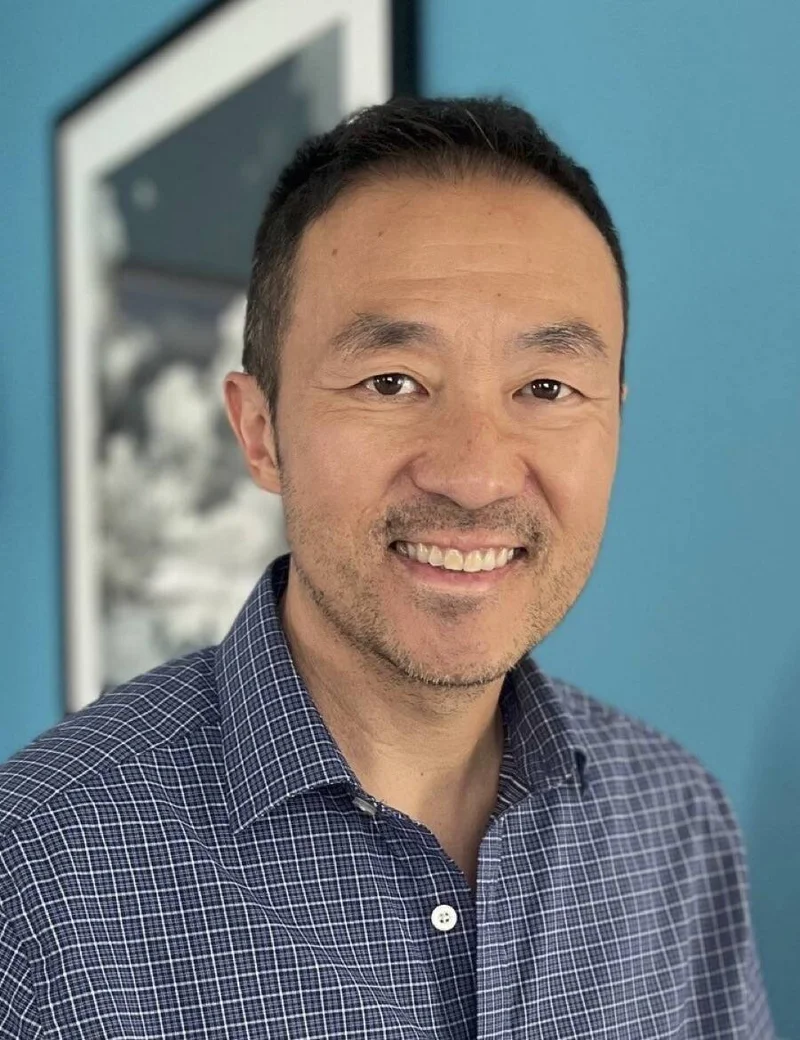
The panel concluded with a reflection from Kim, who thanked both panelists and attendees for their participation in the day’s discussion.
Kim recalled a lesson from his time as an undergraduate student studying international relations. “I remember very vividly… I asked my professor a question. He was a political scientist, but he was also a veteran,” he said. “And he talked about the role of the military, and I will never forget what he said. He said, ‘The role of the military is to break things and kill people.’”
“I wasn’t sure how to take that,” Kim continued. “But then I started to think about Operation New Life and the role of the military, not in breaking things and killing people, but building things and saving people. And it is a lesson that I think helps us to see the conflict.”
He also reflected on Underwood’s comment about the “uneasiness” that many in Guam still feel in navigating identity, patriotism, and power as part of what Underwood called “the American family.”
“No family is devoid of conflict,” Kim said. “Family members will disagree. Family members will argue. This happens in my household on a daily basis, especially with teenagers in the house.”
“But I suppose what I would say about this is, if we are willing to engage with one another, if we’re willing to argue with one another, it means that we care,” he said. “Because without trading those viewpoints, we don’t respect the other side. We don’t respect other kinds of opinions.” mbj
Panel reflects on 50 years since Operation New Life
Panel reflects on 50 years since Operation New Life
- Date Posted: Jul 29, 2025
- News: Guam
Recommended Articles...

Guam Business Magazine announces nominees for the 2025 Guam Business Magazine Executive of the Year
Guam Business Magazine is pleased to announce the nominees for the 2025 Guam Business Magazine Executive of the Year.
Read More 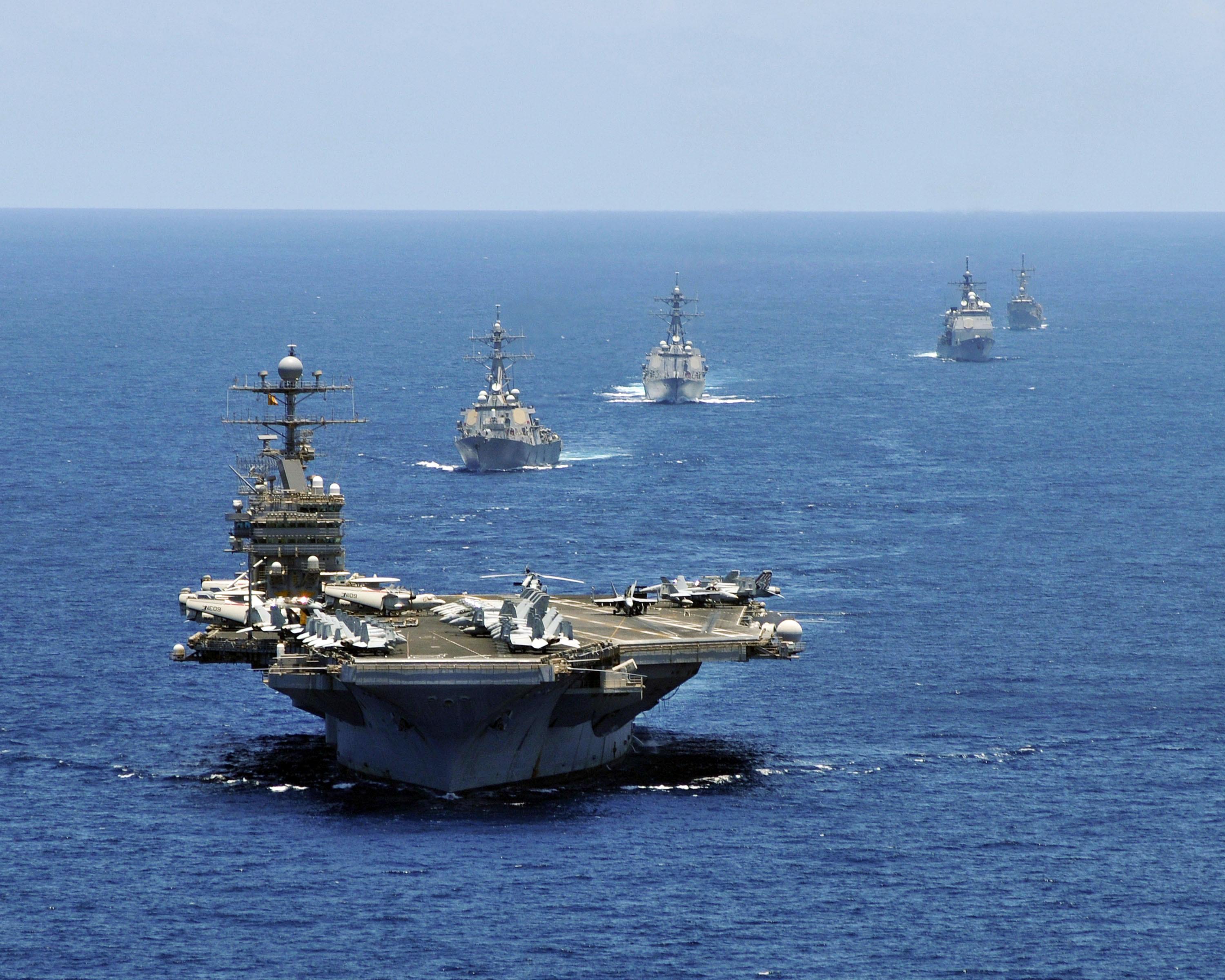
USS Abraham Lincoln Arrives in Guam
Naval Base Guam announced on Dec. 12 that the USS Abraham Lincoln and its carrier strike group had arrived on Guam for a scheduled port visit.
Read More 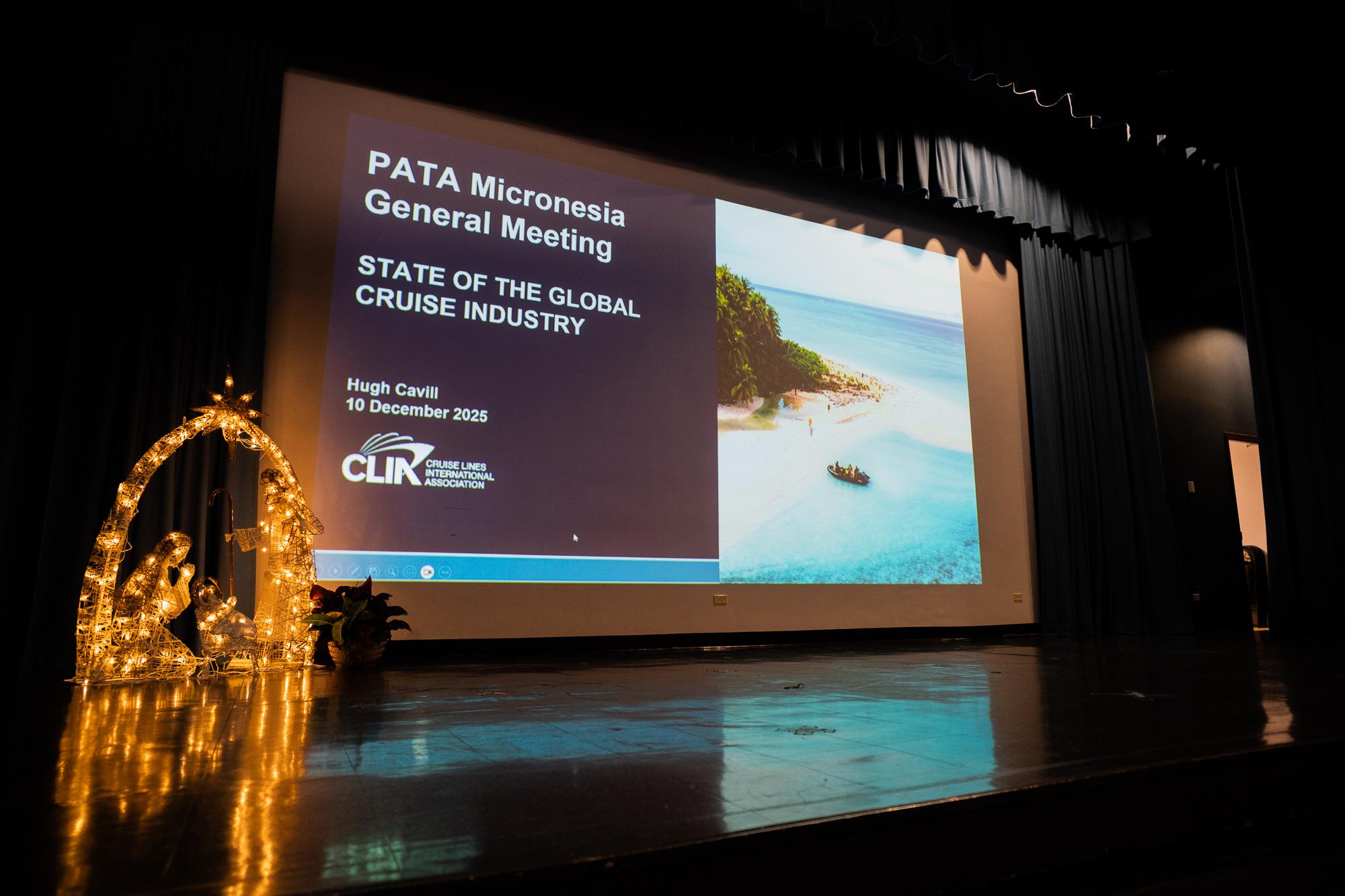
Cavill: Micronesia poised for cruise-based tourism
Hugh Cavill, director of government affairs for the Cruise Lines International Association, said Micronesia is positioned well for cruise-based tourism.
Read More 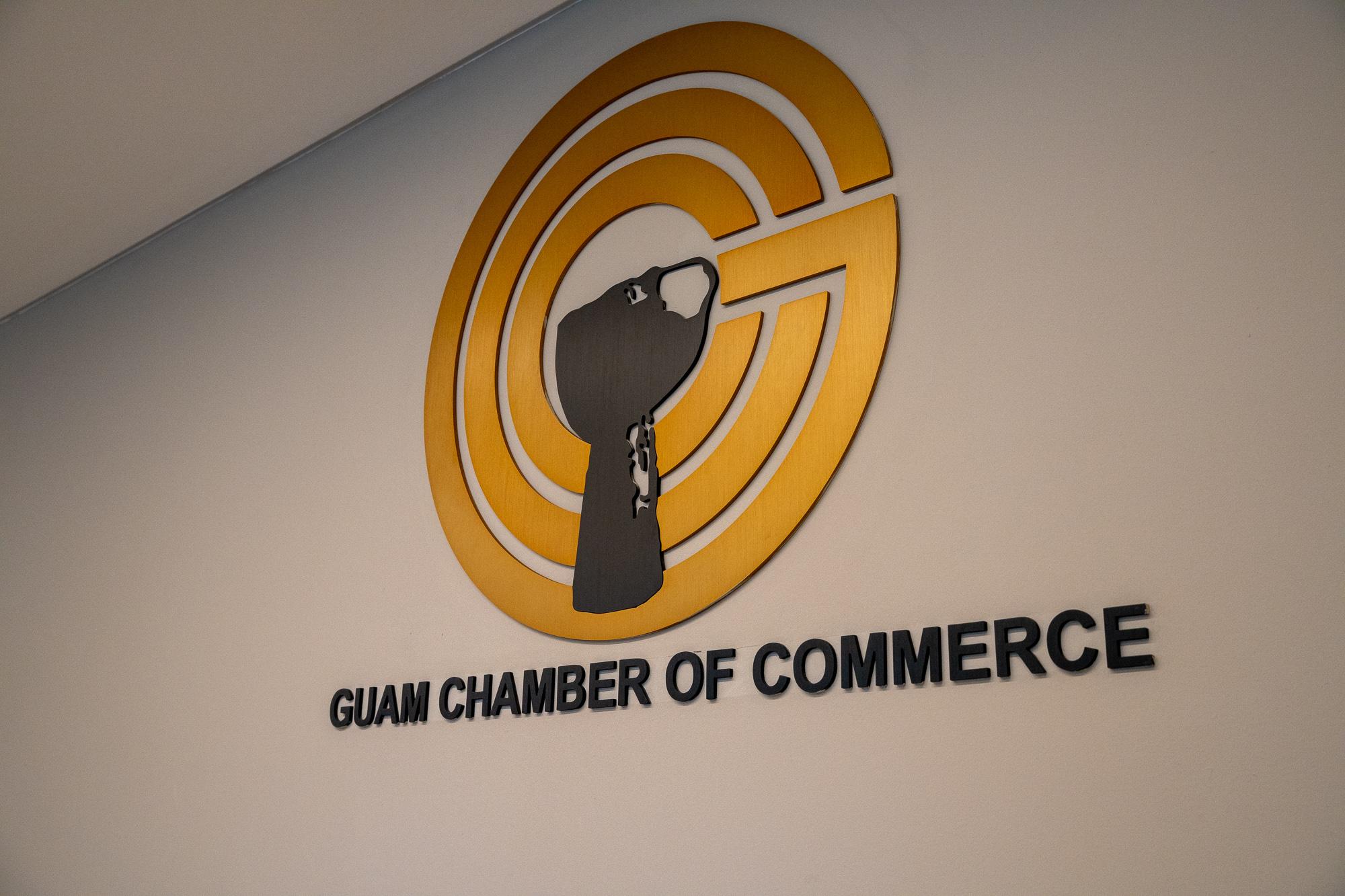
Nominations open for the 2025 Reina A. Leddy Guam Young Professional of the Year Award
The Guam Chamber of Commerce’s Guam Young Professionals announced that nominations are now open for the 2025 Reina A. Leddy Guam Young Professional of the Year Award.
Read More 














